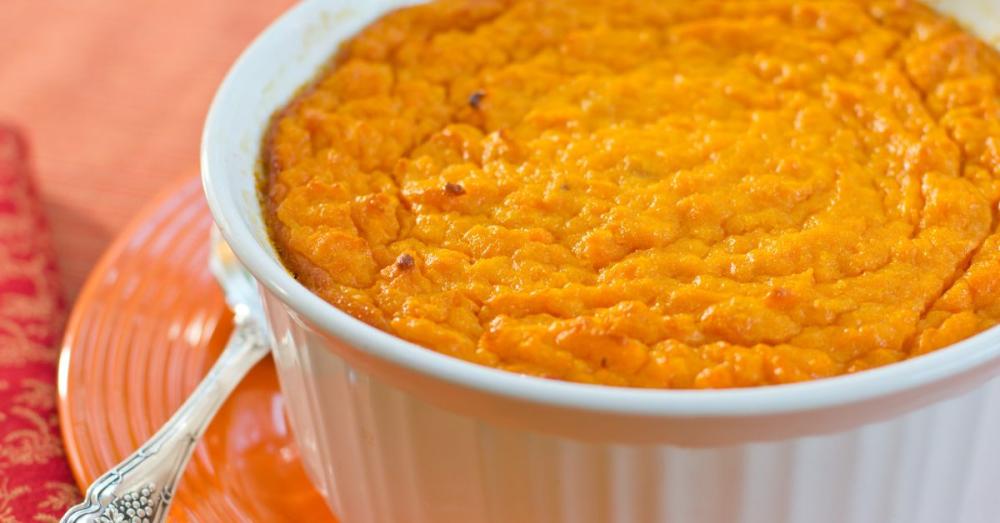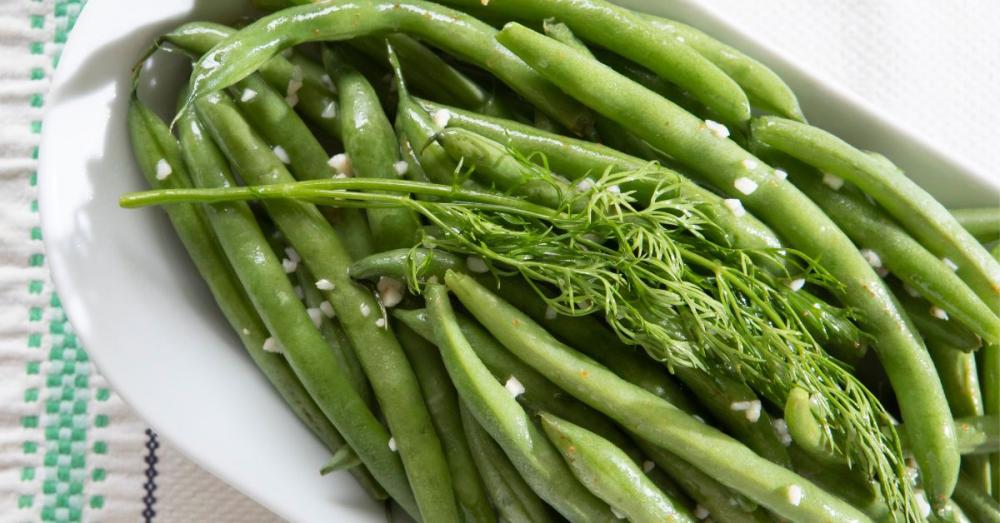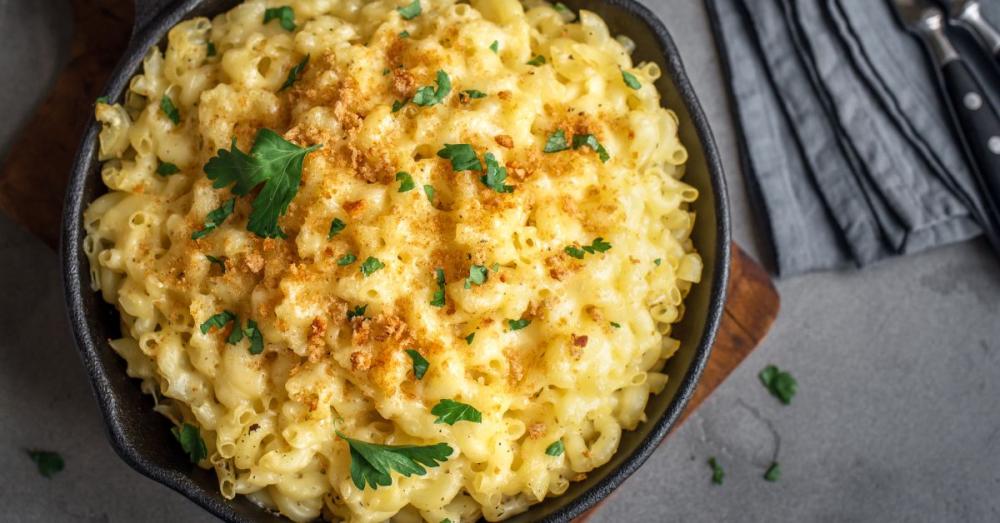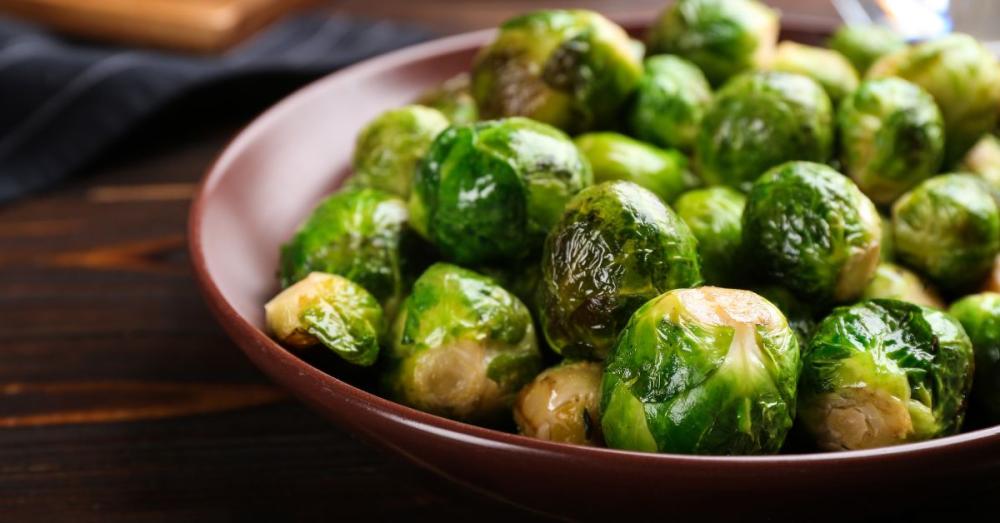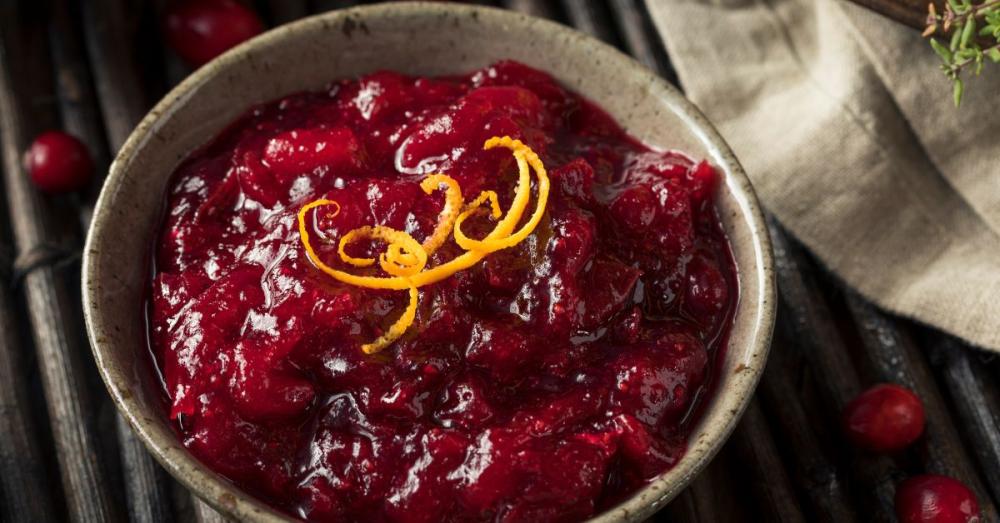The Science Behind Five Favorite Thanksgiving Side Dishes
If you’re leaving the science lab and heading home for a traditional Thanksgiving holiday break, you’ll almost certainly be looking forward to a delicious spread of food. Maybe this year you’re going to a ‘Friendsgiving’ gathering and need to bring a tasty side dish to add to the table?
But do you know the science behind some of our favorite Thanksgiving foods? What are the chemical reactions taking place to make these heart-warming dishes so delicious?
We’ve picked out five classic side dishes as we delve into the science behind the processes of preparing and cooking them. From the temperature of the air in a souffle to the acidic content of pickling solutions, we’ve found some fascinating facts about some of our favorite holiday foods, ready for science-lovers to share with family and friends at the table this Thanksgiving!
1) Sweet Potato Soufflé
Sweet potatoes have long been part of the traditional American Thanksgiving feast in a variety of forms. Their natural sweetness can evoke a heartwarming and nostalgic flavor, and baking them in a soufflé is a great way to show off the versatility of both the vegetable and the chef!
The Science
Baking a great soufflé relies on a combination of chemistry and physics, especially involving the interactions between eggs, air, and heat.
When egg whites are beaten, they transform from a liquid to a foam filled with tiny air bubbles. This foam structure is stabilised by the proteins in the egg whites, and as they are whipped these proteins unfold to form a network that traps air. This creates a light, airy texture, and adding a small amount of an acidic ingredient, like cream of tartar, can help to stabilise the foam even more by preventing the proteins from bonding too tightly.
When the soufflé goes into the oven, heat causes the air bubbles to expand, and at the same time, the moisture in the soufflé turns into steam, further inflating the bubbles. This expansion causes the soufflé to rise dramatically. The heat also sets the proteins in the egg whites and the starches in the base, providing structure to the soufflé.
Be careful though! Soufflés are famous for deflating quickly once removed from the oven. This happens because the structure relies on the trapped air and steam, and as the soufflé cools, the air contracts and the steam condenses, which can cause it to collapse. While any soufflé will inevitably deflate over time, a well-structured one will hold its shape longer.
Pictured: A classic sweet potato soufflé which can be topped with warm spices such as cinnamon and nutmeg
2) Pickled Green Beans
Thanksgiving is a celebration of the fall harvest, and pickling was historically a way to preserve the vegetables gathered at the end of the growing season. Pickling green beans represents a way to incorporate preserved produce into the traditional holiday meal, tying back to the season’s themes of abundance and resourcefulness. The acidic bite of pickled vegetables offers a refreshing contrast on a plate traditionally packed with rich and hearty portions of meat, potatoes, stuffing, and gravy.
The Science
The pickling process combines chemistry and microbiology to extend the shelf life of food. Primarily, vegetables will be soaked in a brine made of acetic acid and water with added salt and spices, and the process involves carefully controlling the pH and microbial growth.
The acidity of the pickling vinegar lowers the pH of the vegetables to below 4.6, creating an environment that is inhospitable to most spoilage-causing bacteria, including harmful pathogens like Clostridium botulinum, which cannot survive in such acidic conditions. The added salt also plays a critical role in drawing out the moisture from the vegetables through osmosis. For fermentation-based pickling, it’s important to keep the vegetables submerged in the brine and away from oxygen. This anaerobic environment promotes the growth of lactic acid bacteria and prevents the growth of aerobic bacteria and mould that could spoil the vegetables.
Adding calcium chloride or alum to the pickling brine can help maintain the crispness of vegetables. Calcium ions strengthen the pectin in the vegetable cell walls, keeping them firm during the pickling process.
While the aim of the process is to preserve the beans, the fermentation process creates the characteristic tangy flavor of pickled food which is known and enjoyed around the world.
Pictured: Traditional pickled green beans served with chopped garlic and dill
3) Mac and Cheese
A popular family favorite and always a crowd-pleaser at any dinner table, macaroni and cheese has become a staple in many households at Thanksgiving. It’s a side dish that pairs well with any of the more traditional components of a holiday meal, and the creamy, cheesy flavors make it an indulgent treat for all.
The Science
Making a great mac and cheese requires knowledge of the emulsification process that produces a smooth sauce, and an understanding of protein, fat and starch content.
Cheese is a complex mixture of proteins, fats, and water. When heated, the proteins and fats can separate if not emulsified properly, causing a grainy texture. Using a béchamel sauce (a mixture of flour, butter, and milk) as a base helps to stabilise the cheese as it melts, creating a creamy and more cohesive sauce. The starch from the flour helps keep the fats from the cheese emulsified, preventing the sauce from becoming oily.
The structure of the pasta will affect how the sauce binds to it. Cooking the pasta until just al dente is important to avoid mushiness, as the pasta will continue to cook slightly when mixed with the hot sauce or baked. The residual starch from cooking pasta helps thicken the sauce, and some chefs even save a bit of the pasta water to help with emulsification.
Pictured: A classic mac and cheese topped with breadcrumbs and parsley
4) Roasted Brussels Sprouts
Brussels sprouts are in season during the fall, making them a fresh and timely choice for Thanksgiving. Their peak season aligns perfectly with the harvest theme of the holiday, and they can be sourced locally in many regions, ensuring they’re fresh and flavorful. A staple in the UK as part of the traditional British Christmas dinner, roasted sprouts have gained popularity in the US over recent years and are now a very common addition to the Thanksgiving dinner table.
The Science
The scientific process that turns roasted vegetables a delicious golden brown colour is known at the Maillard reaction.
The Maillard reaction is a chemical reaction between amino acids (the building blocks of proteins) and reducing sugars. Unlike caramelization, which involves only sugars, the Maillard reaction requires both sugars and proteins. The reaction creates hundreds of different flavor compounds and produces the characteristic brown colour that we associate with roasted food. The Maillard reaction starts happening around 280°F (140°C) and becomes more pronounced as the temperature rises. This is why vegetables like Brussels sprouts, can develop a rich brown colour and savoury flavor when roasted.
Roasting also causes the cell walls of vegetables to break down, particularly the cellulose, which makes vegetables more tender. This breakdown is caused by the high heat of the oven, and contributes to the overall texture change, resulting in the tender yet crispy textures.
Roasting vegetables creates complex flavors through a combination of heat-driven chemical reactions, which enhance sweetness, depth of flavor, and texture. The browning is a natural result of these processes and is a sign that the vegetables are undergoing delicious transformations.
Pictured: Traditional roasted Brussels sprouts, great with a drizzle of Balsamic glaze
5) Cranberry Sauce
And of course, no Thanksgiving turkey dinner is complete without a traditional side of delicious cranberry sauce! Early settlers in North America learned to incorporate cranberries into their diets, and they quickly became a regular part of the American culinary tradition. While it’s not certain if cranberries were part of the first ever Thanksgiving meal, the association between the two has grown over time, making the popular sauce an essential component of the holiday feast.
The Science
The making of a good cranberry sauce, and maintaining its vibrant red colour, requires an understanding of the chemistry of cranberries and how they react when cooked with sugar and heat.
Cranberries are rich in pectin, a natural gelling agent found in the cell walls of fruits. Pectin is a complex carbohydrate that, when heated in the presence of sugar and acid, forms a gel-like consistency. As you cook cranberries, the pectin is released and helps thicken the sauce. This is why cranberry sauce sets nicely as it cools, achieving that perfect jelly-like texture.
A ripe cranberry will be highly acidic, containing organic acids such as citric and malic acids. The natural acidity aids in the gelling process, and also gives cranberries their characteristic tartness, which balances the sweetness of the sugar.
The vibrant red colour of cranberries is due to pigments called anthocyanins. These pigments are sensitive to pH, appearing red in acidic conditions and more blue or purple in alkaline conditions. Because cranberry sauce is naturally acidic, it maintains a bright red hue. Cooking the cranberries briefly and using the right amount of sugar and acid also helps preserve their famous colour.
Pictured: A vibrant cranberry sauce garnished with orange peelings
Happy Thanksgiving from all of us at Hello Bio!
Wherever you’re headed this holiday season (and whichever side dishes you choose to indulge in!) everyone at Hello Bio wishes you a very happy Thanksgiving! We are thankful for your support and custom once again this year.
_________________________________________________
If you enjoyed this article, why not check out the other resources available on our blog. We are passionate about supporting life scientists including early career life scientists and PhD students - with really low-priced reagents, antibodies and biochemicals, early career scientist grants, and resources to help with both personal and professional development. We know how tough it is - so we hope you find these helpful!
More General Support for Life Scientists
For advice on wellbeing, dissertations, presenting at conferences, wellbeing, PhD support, networking and lots more, we have a huge range of articles to help - just click below:
Save up to 50% on our high purity reagents...
When you get to the stage of planning your experiments, don't forget that we offer a range of low-cost, high-purity agonists, antagonists, inhibitors, activators, antibodies and fluorescent tools (yes - they really are around half the price of other suppliers!) You can use our Quick Multi-Search Tool to search for lots of products in one go, and the range includes:
- Enzyme inhibitors and activators
- Chemogenetic ligands
- Ion channel modulators
- GPCR & ionotropic receptor ligands
- Cell biology reagents & biochemicals
Technical resources
Try our Molarity Calculator: a quick and easy way to calculate the mass, volume or concentration required for making a solution.
Try our Dilution Calculator: an easy way to work out how to dilute stock solutions of known concentrations
We also offer a comprehensive range of technical resources including antibody protocols and methods, product guides and mini-reviews:
And finally, don't forget to check back in with our blog regularly for our latest articles. If there’s something you’d love to contribute to the community, whether that’s an interview or article, drop us a line at hello@hellobio.com
---






